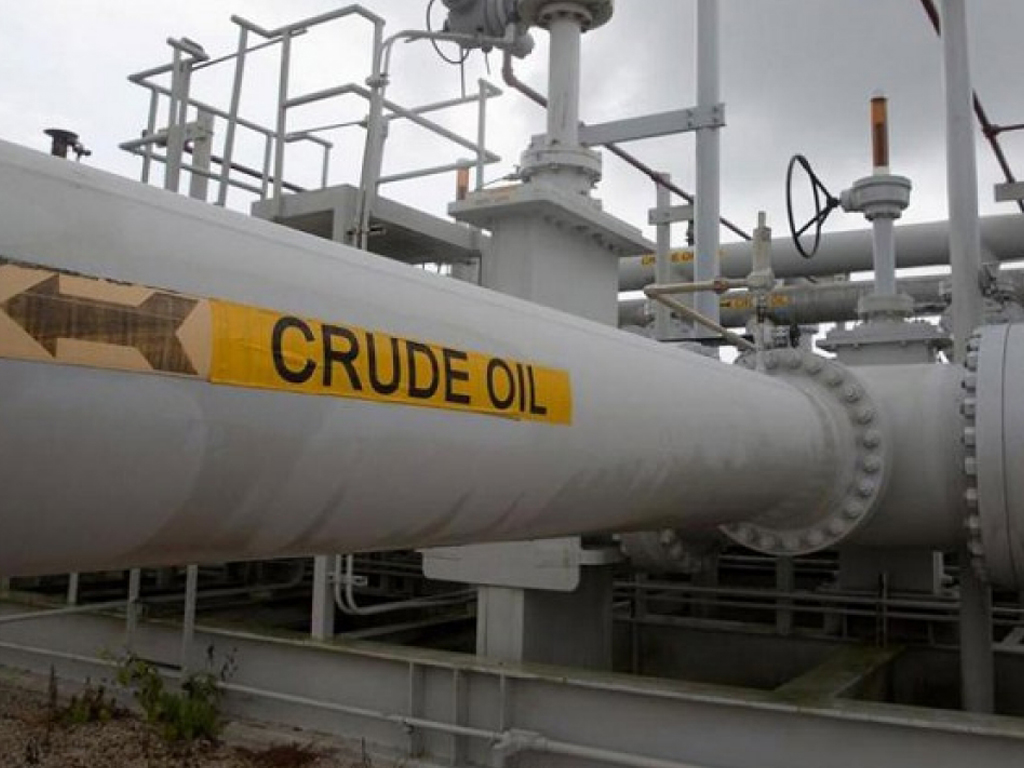 LAUNCESTON, AUSTRALIA: China appears to have kept the flow of crude into strategic and commercial storage facilities at high levels in the first quarter, even as the price of oil climbed.
LAUNCESTON, AUSTRALIA: China appears to have kept the flow of crude into strategic and commercial storage facilities at high levels in the first quarter, even as the price of oil climbed.
While China doesn't release detailed statistics of its strategic petroleum reserve (SPR) and commercial stockpiles a rough idea can be gleaned by looking at refinery throughput numbers and the volume of domestic and imported crude.
Refineries processed 12.6 million barrels per day (bpd) of crude in the first quarter, according to official data released on Wednesday, up 4.4 percent from the three months to end-December, and also up by the same margin from the year earlier quarter.
Crude imports in the January-March period were 9.83 million bpd, while domestic output was 3.84 million bpd, giving a total of 13.67 million bpd.
Subtracting the refinery throughput from the total crude available leaves a gap of 1.07 million bpd, and it's this oil that has likely found its way into either SPR or commercial storage tanks.
The same calculation for the December quarter showed a gap of 950,000 bpd, implying that China has upped the amount of crude being stored by around 57,000 bpd in the first quarter of 2019 from the last quarter of 2018.
The increase of storage flows came as crude prices started to climb, with global benchmark Brent gaining 33 percent from the end of last year to a close of $71.62 a barrel on Wednesday.
It's worth noting that cargoes that arrived in China in January and February would have been fixed at a time when crude prices were still dropping, with Brent sliding 45 percent between its 2018 peak close of $86.29 a barrel in early October and the year's low of $50.47 on Dec. 24.
It's still speculation as to whether the recent surge in crude prices will result in slower inflows into storage in China, although the gap between refinery output and total crude available did narrow in March to about 690,000 bpd.
IT'S COMPLICATED
The numbers for April may not shed much more light on this issue, given several Chinese refineries are undertaking maintenance closures, with Refinitiv Oil Research saying in a report on Wednesday that about 1 million bpd of capacity will be offline at some point in April.
A further complicating factor is the potential crimping of China's imports from two major suppliers, Iran and Venezuela, which are both subject to US sanctions.
This would appear not to be the case for April, with Refinitiv assessing China's imports from Iran at about 754,000 bpd, up from about 565,000 bpd in March, while those from Venezuela are expected to rise to 399,000 bpd in April from March's 266,000 bpd.
China's imports from Iran, however, may be affected in coming months if the administration of US President Donald Trump decides to tighten restrictions on Iran from early May.
This is when the six-month waivers granted by Washington to eight importing countries, including Tehran's top buyers China and India, are due to expire.
Another potential factor for China's crude imports is the ongoing efforts of the Organization of the Petroleum Exporting Countries (OPEC) and its allies, including Russia, to restrict output in order to boost prices.
So far much of the heavy lifting on the output cuts has been done by Saudi Arabia, OPEC's top producer, with China especially feeling the pinch.
Refinitiv expects that China will only import about 1.29 million bpd from Saudi Arabia in April, down from 1.67 million bpd in March.
Overall, if China is struggling to source crude from Iran, Venezuela and Saudi Arabia, it may point to less crude flowing into SPR and commercial storage sites in coming months.





















Comments
Comments are closed.